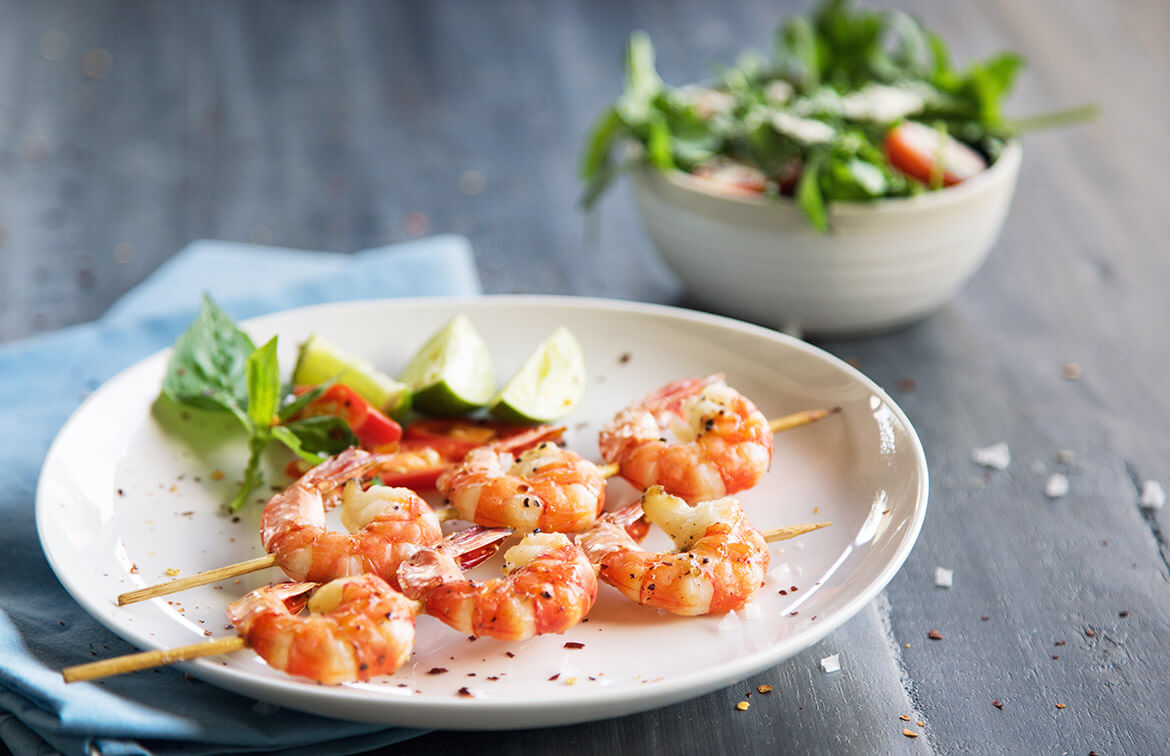If you’re looking to add some seafood to your diet, shrimp is a great option. Not only is it packed with protein, but it’s also relatively low in calories. Plus, it’s quick and easy to cook.
But before you can start cooking, you’ll need to learn how to peel and devein shrimp. Peeling and deveining shrimp can seem like a daunting task, but it’s actually quite simple. With a little practice, you’ll be able to do it like a pro in no time.
Tips for peeling and deveining shrimp
There are a few different ways to peel and devein shrimp. The most common method is to use a paring knife to remove the shell and then use the tip of the knife to remove the vein.
If you are peeling a large number of shrimp, you may want to use a shrimp deveiner. This is a tool that is specifically designed to remove the vein from shrimp.
To peel shrimp with a paring knife, start by holding the shrimp in one hand and using the other hand to grip the top of the shrimp’s head. Gently pull the head away from the body. The head and shell should come off in one piece.
Next, use the paring knife to make a shallow cut along the back of the shrimp. Be careful not to cut too deep. You just want to cut through the shrimp’s shell.
Once you have made a cut along the back of the shrimp, you should be able to see the shrimp’s vein. Use the tip of the knife to gently scrape the vein out of the shrimp.
If you are having trouble removing the vein, you can use a small pair of tweezers to grip the end of the vein and pull it out.
Once you have removed the vein from the shrimp, you can cook it or store it in the fridge for later.
With a little practice, peeling and deveining shrimp will be a breeze. So go ahead and give it a try. Your taste buds will thank you.
Why is it important to peel and devein shrimp?
When shrimp are caught, they are often brought to shore still alive and are then immediately cooked. This leaves the shrimp with a strong ocean flavor that can be off-putting to some. Peeling and deveining the shrimp removes the intestinal tract, which is full of sand and grit, and also gets rid of the strong ocean flavor.
And that’s it! Your shrimp are now ready to be cooked. If you’re looking for some inspiration, try them in a stir-fry, pasta dish, or simply sautéed with some garlic and butter. No matter how you cook them, we’re sure they’ll be delicious.

